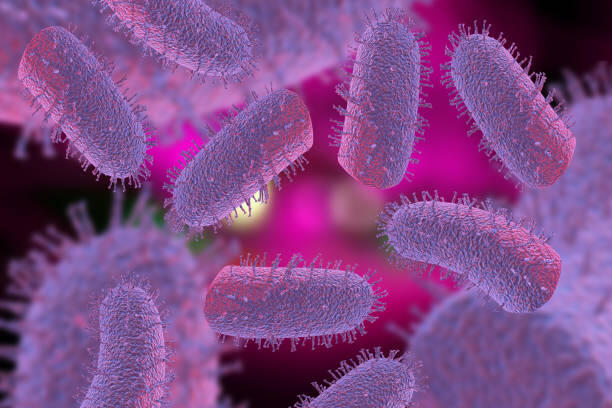
Rabies is a viral disease most often transmitted through the bite of an animal infected with Rabies. The rabies virus impacts the central nervous system, causing disease in the brain and then death.
If a person is suspected of being exposed to rabies, either through a bite or contact with saliva from an animal, the Vermont Department of Health Laboratory (VDHL) can test the suspected animal.
All specimens submitted for rabies testing must be pre-approved by the Vermont Health Department’s Public Health Veterinarian. Test results are usually available within 24-48 hours.
Animals must be euthanized and their heads must not be damaged prior to submission. Rabies is found in brain tissue and specific sections of the brain are used for testing (e.g. the cerebellum and brain stem).
The VDHL uses the Direct Fluorescence Antibody (DFA) testing method. The DFA uses a very specific fluorescently-labeled anti-rabies antibody. When the anti-rabies antibody is applied to brain tissue that has the rabies virus, the antibody binds to the rabies antigen creating an apple-green fluorescence when viewed under a fluorescence microscope. Negative brain tissue will have no green fluorescence present.
Resources
- Read more information from the Health Department on Rabies
- CDC Clinical Overview of Rabies
- Find information on disease reporting
- To request a specimen kit, visit our Forms and Ordering Information page
- Information on packaging and shipping of rabies specimens
